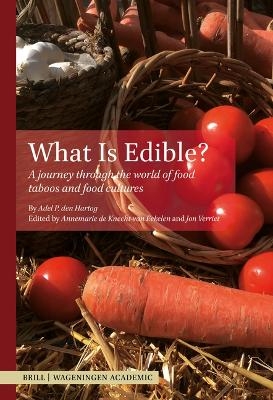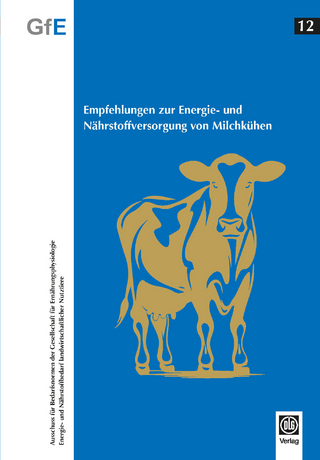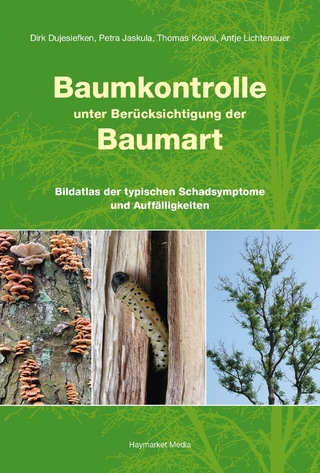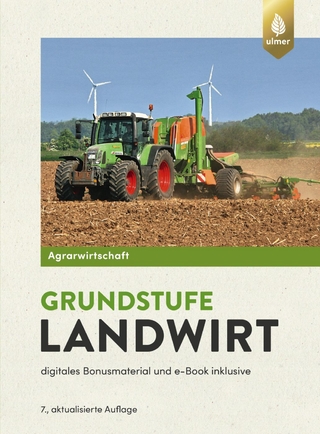
What is edible?
Brill (Verlag)
978-90-04-69431-6 (ISBN)
Adel P. den Hartog Ph.D. (1986), was appointed to the Department of Human Nutrition at Wageningen University of Agriculture. As a social geographer, he added new aspects to Wageningen food research and education. His historical work was presented at conferences and in volumes of the International Commission for Research into European Food History (ICREFH). He died on 26 September 2012 in Bennekom. He was 75 years old.
Accountability
Word in advance
Introduction
1 Why do we eat what we eat?
Unknown and unloved
Humans as carnivores
Humans as man-eaters
Inedible becomes edible
What determines food choices?
2 Food diffusion—the long road from unknown to known
An old and new phenomenon
The spread of sugar and spices
New thirst quenchers—coffee and tea
The battle for the thirsty throat
The potato: from botanical curiosity to staple food
The integration of the tomato
Decline in fruit and vegetable consumption
3 Food taboos, food laws and rules
Food taboos
The changing power of alcohol prohibition
Fasting
Culturally defined rules about nutrition
Permanent food bans
4 The meaning of meat
Pork: beloved or banned
The sacred cow
A horse is a noble animal
Vegetarianism and veganism
5 Rats, dogs and insects—delicious or disgusting?
Rats and rodents
Dog as a delicacy?!
Insects as food
6 Milk, the Dutch white engine
Drinking milk: a special custom
The history of dairy consumption
Milk in different cultures
Explanations for the absence of milk in the diet
The modern era
Afterword: Is a change as good as a feast?
About Adel den Hartog
Literature consulted
| Erscheinungsdatum | 22.08.2024 |
|---|---|
| Verlagsort | Leiden |
| Sprache | englisch |
| Maße | 170 x 245 mm |
| Gewicht | 1 g |
| Themenwelt | Weitere Fachgebiete ► Land- / Forstwirtschaft / Fischerei |
| ISBN-10 | 90-04-69431-5 / 9004694315 |
| ISBN-13 | 978-90-04-69431-6 / 9789004694316 |
| Zustand | Neuware |
| Informationen gemäß Produktsicherheitsverordnung (GPSR) | |
| Haben Sie eine Frage zum Produkt? |
aus dem Bereich


